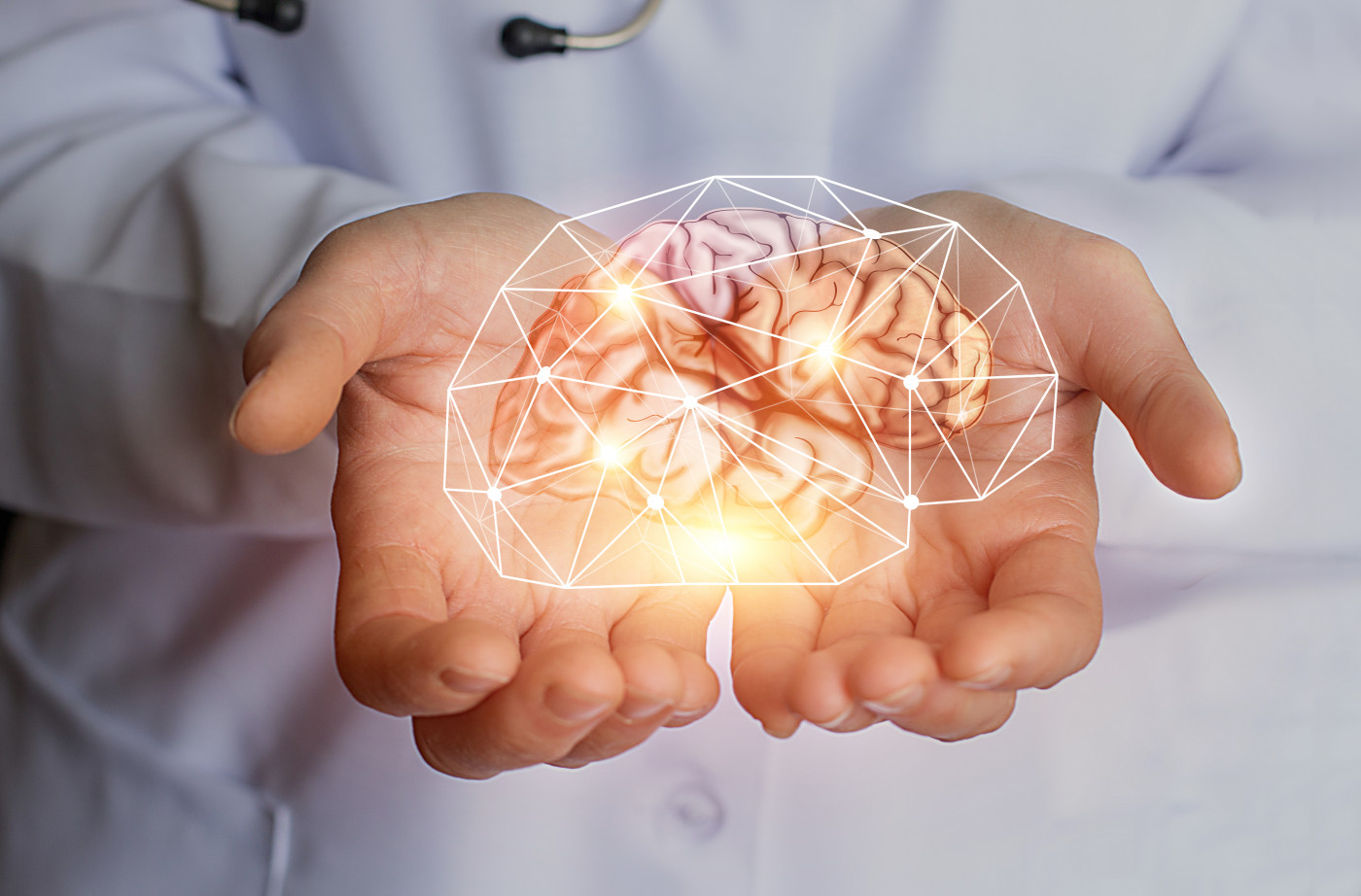New Model of Blood-Brain Barrier May Aid in Predicting Therapies Able to Best Treat Patients, Scientists Say
Written by |

A cellular model that simulates the blood-brain barrier — a membrane that protects against viruses or other insults entering through the blood stream — may help in understanding how potential treatments for neurological diseases like Alzheimer’s could better cross that barrier to reach the brain and central nervous system, its creators at Purdue University report in a news release.
The blood-brain barrier is made of specialized brain and blood vessel cells designed to protect the brain from harmful substances. And it does keep most unwanted molecules from entering the central nervous system, but it is not impermeable. The blood-brain barrier allows the passage of substances that are important for the brain’s survival, such as glucose and oxygen. But disease treatments are often blocked.
Research advances in the neuroscience field are in a position where there’s the possibility of significantly easing the burden of nervous system disorders. But drug discovery, development and translation still poses many challenges, slowing treatment development.
One is the lack of a cell-based model that can predict the ability of new chemical compounds to pass through the brain’s protective barrier.
Several cell culture models of blood-brain barrier have been described, but results on the model’s permeability and accuracy — how well it represents the actual human structure — have been conflicting.
“We developed a model that represents a more restrictive and accurate model of the blood brain barrier,” Greg Knipp, PhD, an associate professor in Purdue University’s College of Pharmacy, said in the release.
Using three different types of brain and blood vessel cells, researchers arranged them in a way that, they say, ably represents the human brain and how the barrier works.
“Our model is a direct contact, triculture model containing astrocytes, pericytes and the brain microvessel endothelial cells configured in a manner that is similar to what you would find in the human brain,” Knipp said.
Astrocytes are star-shaped cells that outnumber neurons by five-fold. Found in the central nervous system, astrocytes are known as housekeeping cells as they care for neurons, nurture them, and clean up after them.
Pericytes are cells that surround blood vessels, and endothelial cells line the interior surface of blood vessels. Astrocytes, pericytes and endothelial cells are all found in the composition of the blood-brain barrier.
In conventional models, the three cell types are separated by a filter when cultured together. In the Purdue model, these cells are in direct contact so that researchers can observe how they interact with each other in the body.
“Our model allows for a better depiction of the synergistic interactions between the three components and how they interact together and potentially with new drugs,” Knipp said.
Researchers at Purdue have used its cellular model to screen chemical compounds in order to determine those with the highest potential for success in clinical trials.
“We are better able to predict how drugs and other therapies may cross the blood brain barrier earlier in the discovery process and potentially treat disorders of the brain because our model better resembles the actual setup within the body,” said Kelsey Lubin, a doctoral student in Knipp’s lab.
The Purdue Research Foundation’s Office of Technology Commercialization helped Knipp’s team file for patents on ots innovations.
The project aligns with Purdue’s Giant Leaps celebration, acknowledging the university’s global advancements in health as part of the University’s 150th anniversary.





